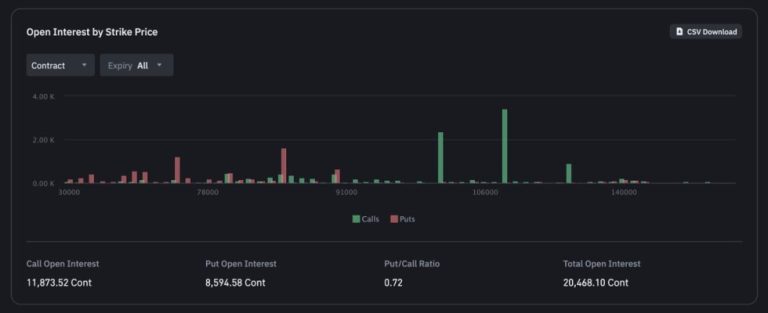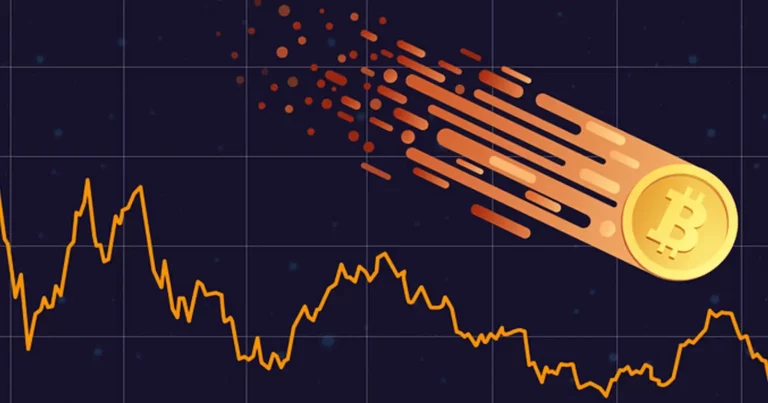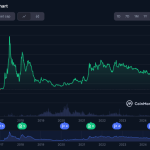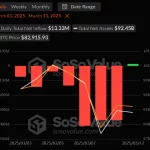Crypto enthusiasts may be familiar with the ERC-20 token standard, which ensures that tokens created on the Ethereum smart contract blockchain are compatible and can interact with other tokens and applications within the network.
Now, a similar standard for data-backed tokens called VRC-20 has emerged.
Vana, a Layer 1 blockchain compatible with the EVM that helps users monetize personal data by bundling it into DataDAOs for AI model training, recently introduced the new standard to enhance trust and transparency in the data-backed digital assets market. [source]
“For data markets to function effectively, tokens must be reliable, secure, and useful. VRC-20 serves as a universal standard for data-backed tokens, ensuring fair and transparent data token trading,” Vana announced on X.
The VRC-20 standard includes specific criteria like fixed supply, governance, and liquidity rules while ensuring real data access by linking tokens to actual data utility. It also encourages continuous liquidity through rewards to maintain market stability.
“This isn’t speculation. This is the actual financialization of data,” Vana emphasized.
Vana launched its mainnet in December, with VANA as its native cryptocurrency. The network has already onboarded over 12 million data points through various DataDAOs, indicating a strong demand for user-owned data.
DataDAOs or data liquidity pools are decentralized marketplaces that tokenize data and make it transferable as digital tokens. DLPs enable data contribution for use in applications like AI model training.
In a recent announcement, Vana replaced VANA emissions as DataDAO incentives with a new feature requiring DAOs to issue VRC-20-compliant tokens for liquidity support.
Furthermore, the protocol introduced data validator staking, allowing VANA holders to lock their coins in data validators instead of individual DataDAOs.
At the time of writing, the VANA token was trading at $5.58, the lowest in over two weeks, following a decline from its recent high of $8.78 on Binance, according to TradingView.









